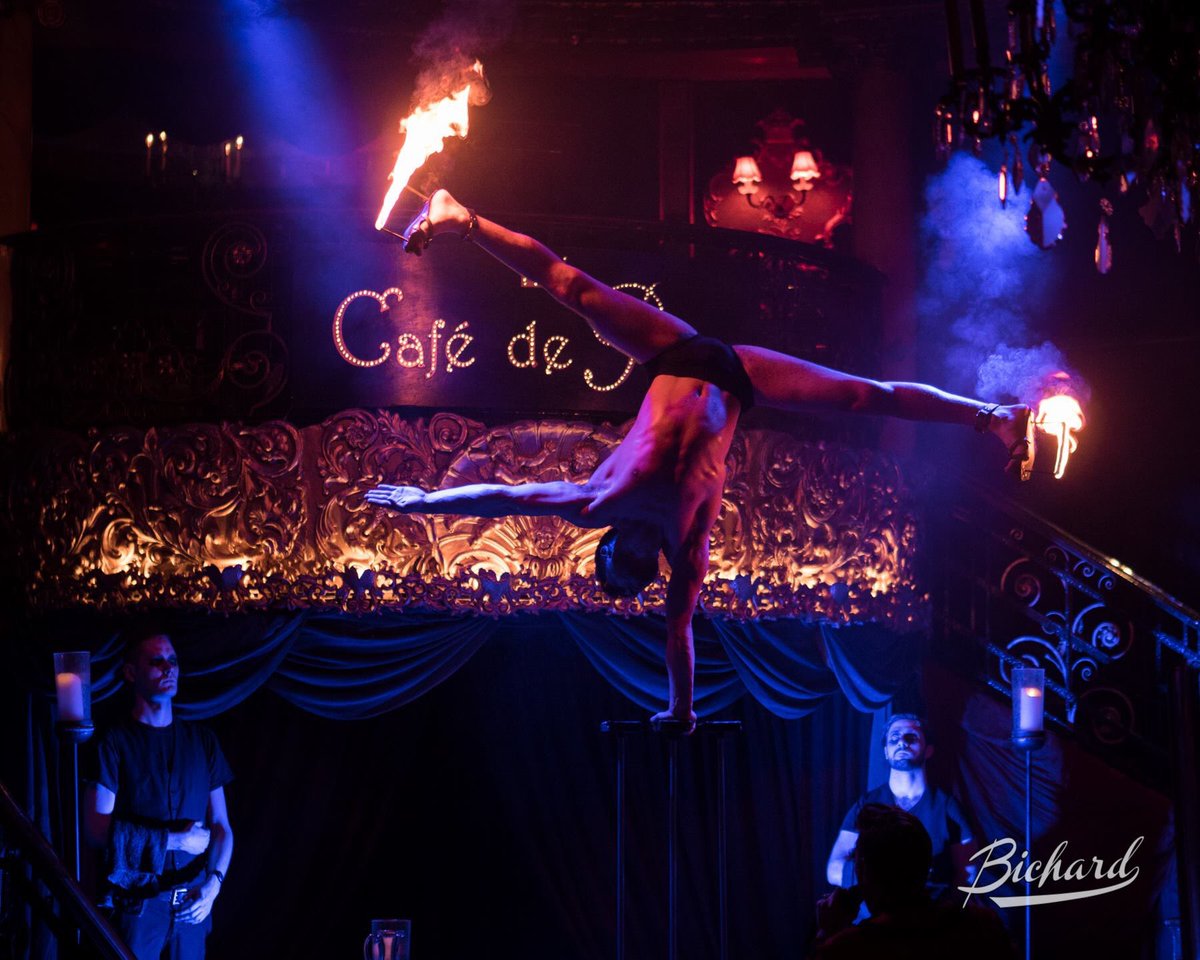Sammy Dinneen looks like a gymnast. He’s lean, muscular and moves with a strange sort of weightlessness. However, he doesn’t perform like one.
You see, Sammy’s a professional handbalancer. And if that doesn’t mean anything to you, I don’t blame you. It’s an incredibly niche art form, Sammy admits so himself.
Watch him perform, though, and you’ll quickly wonder why the discipline has all but fallen from society.
You can think of it like someone doing ballet on their hands,” explains Sammy. “I stand on one hand and contort my body into as many shapes as possible – but it’s not that simple, I can also spin on that single hand and then jump, while still upside down, to the other hand, pressing my full bodyweight on my hands and trying to achieve the unachievable.
It really is unbelievable to watch. The strength, speed and confidence with which Sammy moves is beguiling.
From standing, he inclines forward and places one hand gently on the floor. In the blink of an eye, he is upside down, bearing his entire weight on one shoulder, one arm and one hand.
From there he twists, contorts, flips and spins in ways that look neither comfortable nor possible.
Sammy is exactly right: It’s like ballet.

Just like in ballet, the incredible physical demands are clear. From head to toe, Sammy’s skin is crossed by striations as his muscles work to carry him through the performance.
Inverted and contorted, human bodies aren’t designed to work like this.
Yet Sammy’s does.
I require strength, stamina, flexibility, mobility and endurance. If I want to press to handstand using one or two hands, planche or practise any strength-based move, I will need slow isometric strength, to appear in control and seem as if the skill is effortless for me. This means I need a lot of strength to pull off certain feats.
Sammy is clearly strong, you see it when he performs. As he pulls his frame upwards against the wrenches of gravity, it looks effortless — it’s not.
The appearance of ease is superhuman stuff and comes from hours upon hours of hard graft in the gym.
Depending on my act, I may need to stay in a handstand for up to five minutes at a time. To make this as easy as possible, when training I sometimes stay upside down, practising all my skills for up to 15 minutes in one go without coming down.
The short movements — the ones that last for just a few seconds — look instantly excruciating. Holding them for minutes at a time is a huge test of both mental and physical endurance.
You have to remember that neither the human body nor gravity want athletes to move as a handbalancer does.
Becoming graceful and powerful in contorted positions requires years — if not decades — of careful practice.

Sammy likes to compare learning handbalancing to a child learning to walk.
A child will try to walk every day and at the start they will fall at every attempt. But little by little, they will get better.
They’ll learn to balance and they’ll develop the required muscles.
Once they’ve mastered the basics, they get excited, trying more and more until they can stand, walk and run.
Handstands are exactly the same, They take time, but they will come and when you start mastering this sport then you will realise the possibilities are endless.
If Sammy has inspired you to follow in his handsteps, he’s got some advice for the budding handbalancer.
If you truly want to master the art of handbalancing, you need to stay dedicated. You need passion, commitment and persistence in this discipline. It’s not easy but it’s amazing and I love being able to master skills that at first seem impossible.
To see how Sammy trains his body to keep it healthy, well-conditioned and able to defy the pulls of gravity, download a free copy of his workout here.
